
Support Team
Feedback:
support@nextpcb.comPCB controllers are an essential component of the modern electronics industry. They are the brains behind the hardware that powers the machines we use every day. From laptops to smartphones, PCB controllers are the foundation of these devices. NextPCB is here to provide you with everything you need to know about PCB controllers. With our comprehensive guide, you will be able to understand the basics of PCB controllers, their components, and how to use them. So, if you're looking to learn more about PCB controllers, look no further than this article.
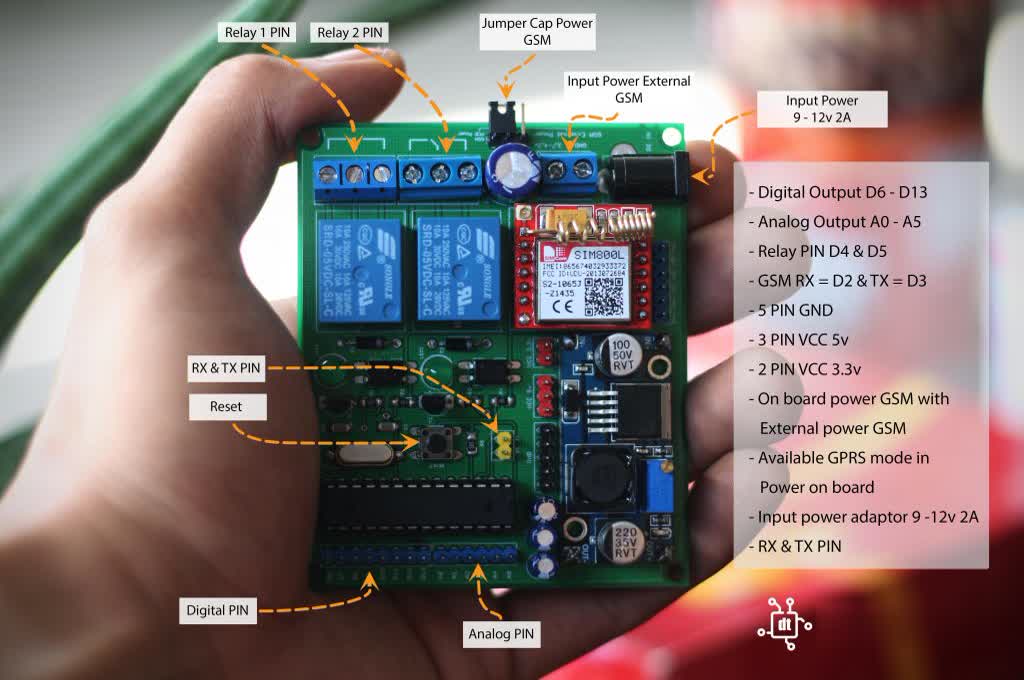
A PCB controller is an electronic circuit that is used to control the operation of a printed circuit board (PCB). It typically contains a microcontroller, input/output (I/O) interfaces, and power circuitry. The controller can be programmed to monitor and control various functions within the PCB, such as data acquisition, signal processing, and power management. The controller is responsible for timing, sequencing, and controlling the operation of the PCB.
The size of a PCB controller, or printed circuit board controller, is an important factor when designing a circuit board. The size of the board must be considered in order to ensure that all components fit as required and that the board will be able to meet the requirements of the application.
The size of a PCB controller is typically determined by the components and their associated pin pitch, the number of layers required to meet the design requirements, and the amount of space available in the application itself. The pin pitch is the distance between adjacent pins on a component and the number of layers is determined by the complexity of the design. The components and their associated pin pitch will typically be the most important factors when deciding the size of the board.
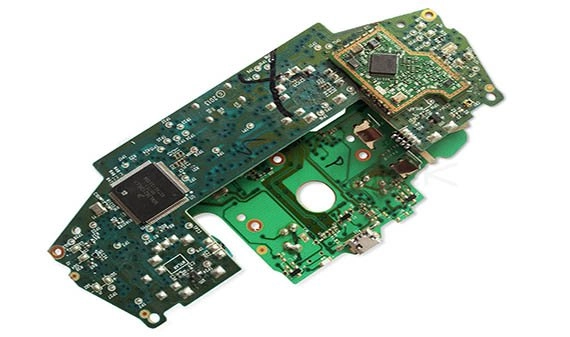
The number of layers required on a PCB controller will also affect the size of the board. The more layers required, the larger the board will be. The number of layers will be determined by the complexity of the design, the amount of circuitry, and the type of components used. In most cases, the more layers required, the more expensive the board will be.
The size of the board also depends on the type of components used in the design. The size of the board will be determined by the space available in the application itself. If the space is limited, then the board will be smaller in size. If the space is larger, then the board will be larger in size.
The size of the board also depends on the type of components used in the design. Different types of components will require different amounts of space on the board. For example, components that require a lot of pins, such as microprocessors, will require a larger board than components that only require a few pins, such as resistors.
Finally, the size of the board will also be determined by the amount of power required by the application. If the application requires more power than the board can handle, then the size of the board will need to be increased in order to accommodate the additional power requirements.
1. Identify the requirements for the PCB controller. Establish the purpose for the controller, the type of applications it will be used for, and the technical specifications needed to make it function properly.
2. Choose the microcontroller for the PCB controller. This includes the processor, memory, and other components necessary for the controller to operate.
3. Design the layout of the PCB. This includes deciding the shape, size, and components of the board. The board should be designed in a way that allows for easy assembly and minimize the risk of errors.
4. Choose the components for the PCB controller. This includes selecting the right components for the desired functionality of the controller. Consider the cost, power consumption, and availability of the components.
5. Test the PCB controller. Test the PCB to ensure it works as expected. This includes testing the circuit board and the software written for the controller.
6. Assemble the PCB controller. This includes soldering the components onto the board and verifying that the connections are correct.
7. Finalize the PCB controller. Finalize the controller by programming the microcontroller and performing any necessary debugging. This ensures that the controller is ready for use.
The materials used to make PCB controllers range from copper, gold, and aluminum alloys. Copper is the most common material used in PCB controllers because it is both strong and conductive. Gold is also a popular choice because it is highly conductive, but it is more expensive than copper. Aluminum alloys are used for the same reasons, but they are also less expensive and less durable than copper or gold.
The most important factor when choosing a PCB controller is the type of application. Different types of applications may require different materials for the PCB controller. For example, an application that requires higher levels of protection from static electricity may require aluminum alloys, while a lower-power application may be better suited for copper or gold.
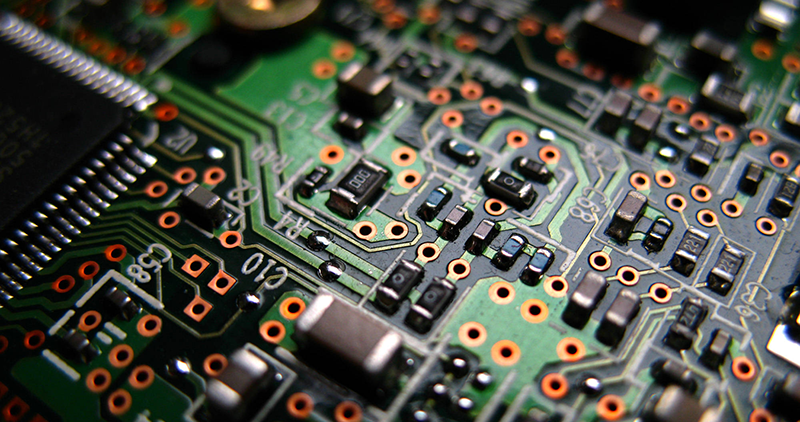
When selecting the type of material for a PCB controller, it is important to consider its performance characteristics. Copper is the most conductive material and offers the highest levels of performance for high-speed applications. Gold is more expensive than copper, but it is more conductive and provides higher levels of performance for low-power applications. Aluminum alloys are less expensive than copper or gold and provide good levels of performance for lower-power applications.
The size and shape of the PCB controller also play a role in determining the type of material used. Smaller PCB controllers may require thinner and less conductive materials, while larger PCB controllers may require thicker and more conductive materials. The overall size and shape of the PCB controller will also affect the types of materials used.
Finally, the type of PCB controller can also influence the type of material used. Some PCB controllers are designed to be placed inside a computer, while others are designed to be placed outside. This will influence the type of material used, as materials used in computer applications tend to be more expensive and less conductive than those used in outdoor applications.
A PCB controller is a type of computer chip that serves as the brain of a printed circuit board (PCB). It is responsible for controlling the overall operation of the board, including the input and output of data and signals. It is connected to other components on the board, such as memory, power, and other logic chips.
The function of a PCB controller can vary depending on the type of board and its purpose. Generally, it is responsible for managing all the pins, connections, and other details of the board. This includes setting rules and governing how information is exchanged between the various components, as well as how the board interacts with other devices.
The controller can also be used to control the board's power consumption and to monitor the temperature of the board. This helps to ensure the board is operating safely and efficiently.
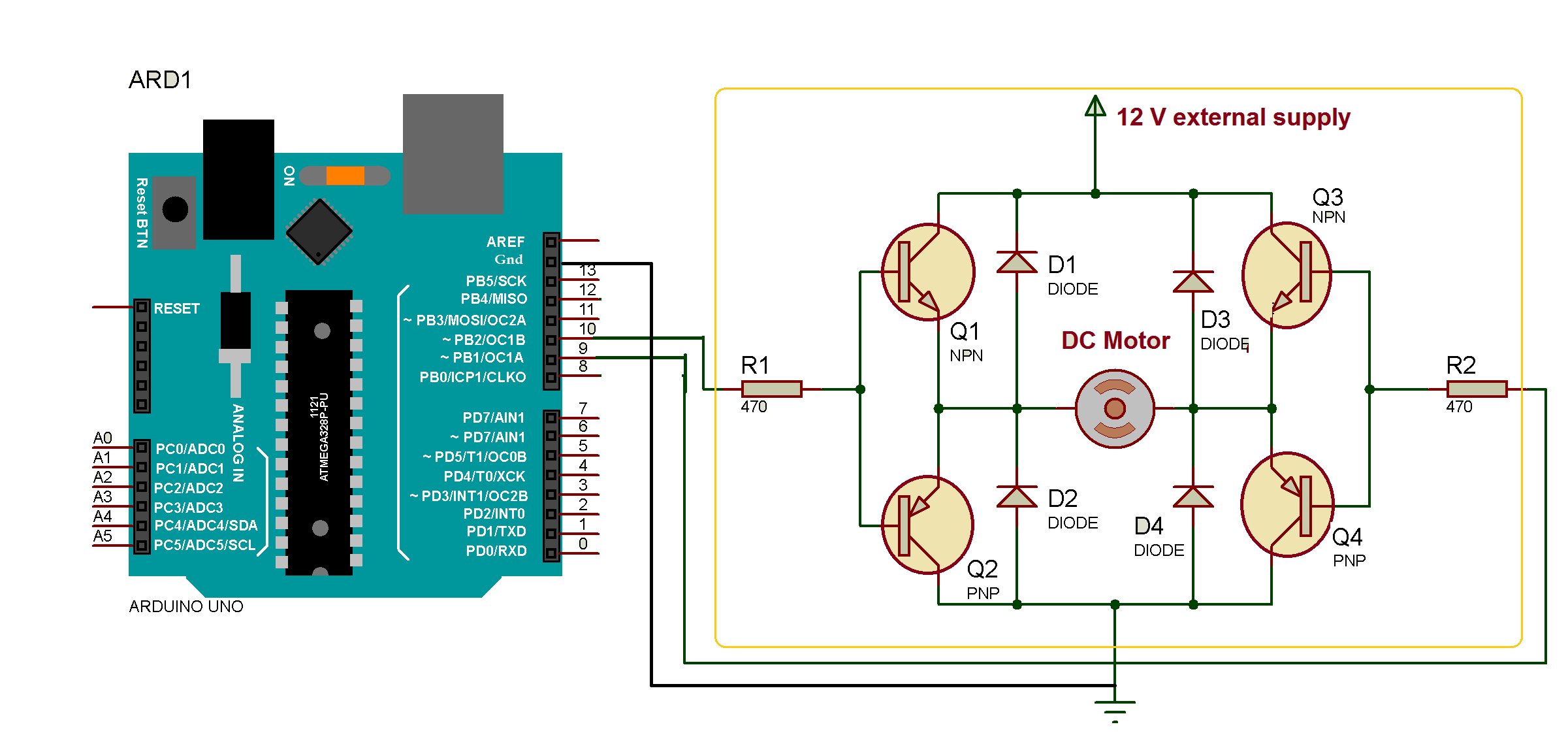
In addition, the PCB controller can be used to control the flow of data throughout the board. For example, it can determine which components should receive data and when. This can be especially useful when it comes to sending signals from one part of the board to another.
The controller can also be used to manage the board's timing. This includes setting the speed at which the board operates, as well as setting the frequency of different components. This helps to ensure that the board is working in the most efficient way possible.
Finally, the PCB controller can be used to create and manage the board's configuration. This includes setting the board's default settings and determining how it should respond to certain inputs, as well as setting the board's memory and other operational parameters.
When choosing a PCB controller, it is best to consider some factors. It's important to consider factors such as the speed and size of the chips. These factors are dependent on the application of the controller. The primary factors include the controller's power requirements and memory capacity, as well as its compatibility with other hardware, software, and platforms.
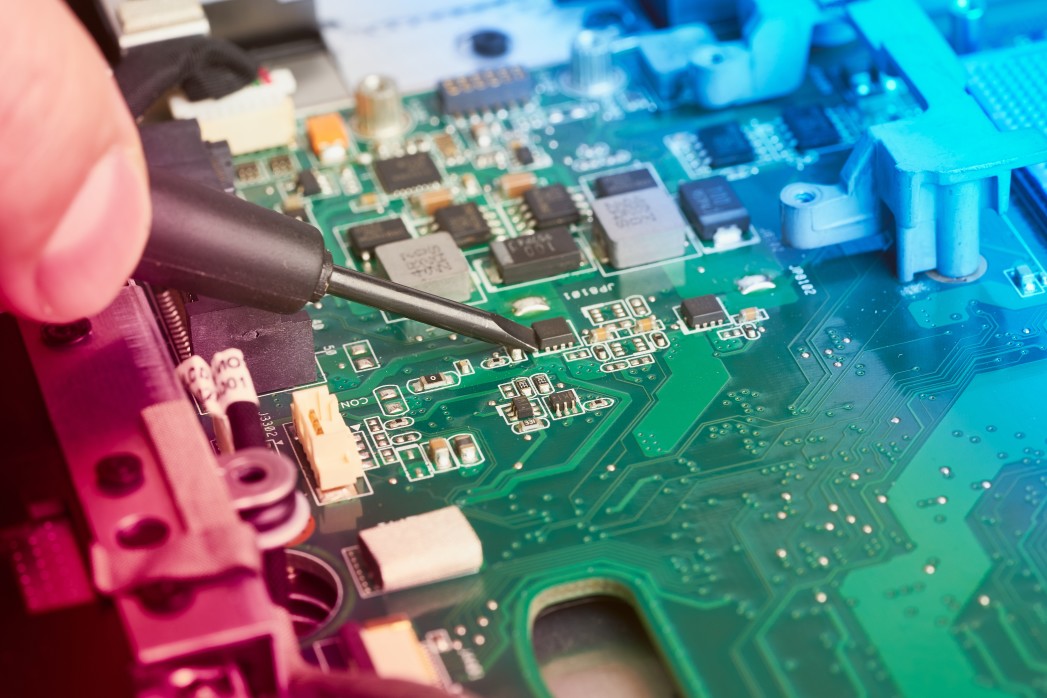
Power Requirements: The power requirements for a controller will depend on the specific application. For example, a controller designed for a desktop PC would need a different power supply than a controller designed for a laptop. It's important to choose a suitable power supply for the controller in order to ensure maximum efficiency and performance.
Memory Capacity: The memory capacity of a controller is an important factor to consider. A controller with more memory can store more data and process more tasks, making it ideal for more complex tasks. It is important to ensure that the controller has enough memory to handle the tasks it will be performing.
Compatibility: The compatibility of a controller with other hardware, software, and platforms is another important factor to consider. If the controller is not compatible with the other components of the system, it will not be able to perform as desired. It is important to make sure the controller is compatible with the other components before making a purchase.
Cost: The cost of the controller is another factor to consider when selecting a controller. Depending on the application, a higher-priced controller may be necessary in order to obtain the desired performance. It is important to consider the cost of the controller relative to the performance it offers.
Reliability: The reliability of the controller is an important factor to consider. The controller should be able to handle the tasks it is given without any problems. It is important to choose a reliable controller to ensure the desired performance.
Ease of Use: The ease of use of the controller is another factor to consider. If the controller is difficult to use, it may be difficult to get the desired performance. It is important to choose a controller that is easy to use and understand in order to ensure maximum efficiency and performance.
These are some of the factors to consider when selecting a PCB controller. It is important to make sure the controller is compatible with other components, has the necessary memory capacity, and is reliable. Additionally, the cost and ease of use should be taken into account. By taking these factors into consideration, it is possible to select the best controller for the desired application.
PCB controllers are an essential part of the electronics industry as they are used to control the operation of a variety of devices. PCB controllers are used in a wide range of applications, ranging from consumer electronics, industrial machinery, medical equipment, and automotive systems. PCB controllers are responsible for controlling the operations of the device, such as power management, signal processing, and communication.
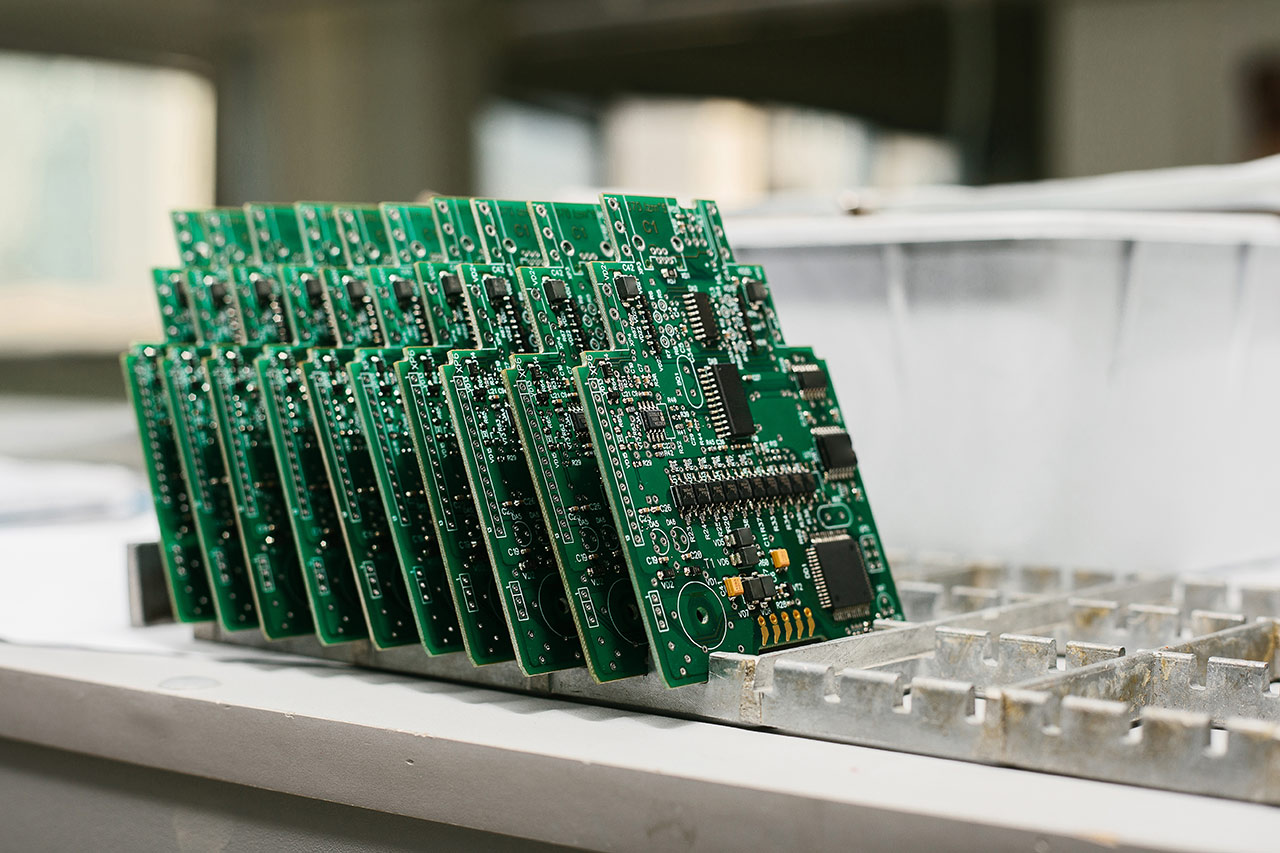
One of the most common applications of PCB controllers is in consumer electronics. Consumer electronics typically require a PCB controller to control the power supply, display, and other components. In addition, PCB controllers are often used to control the operation of audio and video components. For example, a consumer electronics device may use a PCB controller to control the volume or brightness of the device.
PCB controllers are also used in industrial equipment. The controllers are used to control the operation of motors, pumps, and other industrial machinery. The controllers can be programmed to control the operation of the machine by issuing commands or responding to commands from the user. This allows for precise control over the operation of the machine, which is important for efficient operation.
PCB controllers are also used in medical equipment. In this field, the controllers are used to control the operation of medical devices such as X-ray machines, MRI machines, and other medical diagnostic equipment. The controllers can be programmed to control the operation of the device and can be used to monitor and respond to the user's commands.
PCB controllers are also used in automotive systems. The controllers are used to control the operation of the vehicles engine, transmission, and other components by automotive PCB. The controllers can be programmed to control the operation of the vehicle and can be used to monitor and respond to the user's commands.
Finally, PCB controllers are also used in a variety of other applications, such as security systems, robots, and other electronic devices. The controllers can be programmed to control the operation of the device and can be used to monitor and respond to the user's commands.
To make upgrades and repairs easier on your controller, it is a good idea to divide them up into several modular parts. However, if you don't put the components in separate modules, this can be a waste of effort. The guidelines below will help you design a modular general-purpose controller.
You'll need two modules for the PCB controller—the MCU module and the I/O module. Besides, you will have to mount the I/O module into an enclosure. You can easily plug the MCU module into the I/O module. The passive PCB components with long life cycles are located on the I/O module, while intelligent-chip modules and microprocessors are on the MCU module.
Apart from the high-use and passive components, there is a requirement for connectivity between them with board-to-board connectors. The best approach would be to segregate these components within their modules and fit them onto the MCU module that can be easily removed. Memory chips and MCUs, which are prone to failure, should also be segregated as they need extensive testing on removal.
Designing PCB controllers requires careful consideration. You should focus on making firmware enhancements and excellent designs. In addition, you'll need to be organized with ground pins and sufficient voltage on the inter-board connectors. The best PCB controller software allows you to create modules for your PCB controller design. It can also manage both schematic blocks.
In conclusion, PCB controllers are essential components of the modern electronics industry. They are the brains behind the hardware that powers the machines we use every day. From laptops to smartphones, PCB controllers are the foundation of these devices. With the right design and components, PCB controllers can be used for a variety of applications ranging from consumer electronics to automotive systems. It is important to consider factors such as power requirements, memory capacity, compatibility, cost, and ease of use when choosing a PCB controller. By taking these factors into consideration, it is possible to select the best controller for the desired application.
Still, need help? Contact Us: support@nextpcb.com
Need a PCB or PCBA quote? Quote now